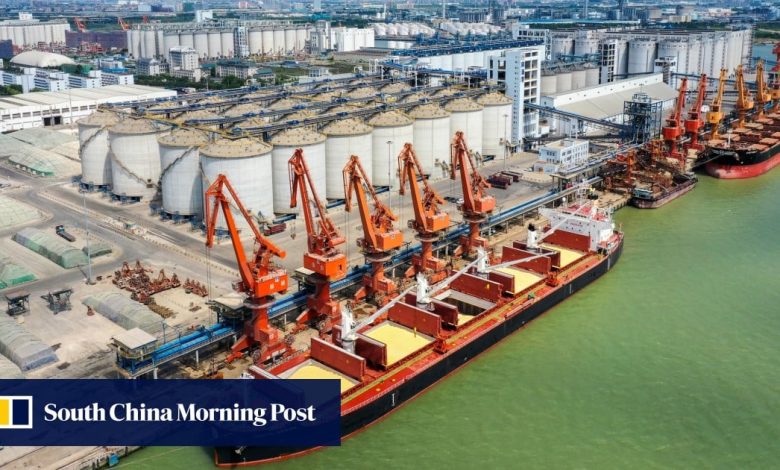China’s Guangdong, once a major economic driver, lags national growth average

Analysts blame tepid investment, consumption and business sentiment as well as protracted distress in the property sector for the subdued growth.
Guangdong’s services sector output grew 2.7 per cent in the first half of 2024 over the year prior, and retail sales grew a paltry 1.2 per cent.
“The decline in fixed asset investment indicates weakened confidence among enterprises who ‘voted with their feet’ not to invest,” he said. “Guangdong should make efforts to further stabilise the property sector.
“Insufficient recovery in the service industry has also led to significant employment pressure, further impacting market confidence,” he added.
“Guangdong’s tertiary industries grew by only 2.7 per cent in the first half, compared with Shanghai’s 5.8 per cent.”
Some cities have managed to buck the trend and aid in the province’s quest to buoy growth, with tech hub Shenzhen registering a robust 5.9 per cent for the period. This has helped offset the subpar performance from other major cities like Guangzhou, the provincial capital.
But retail sales of consumer goods in the two cities, the largest in the province, were lacking. For this metric, Guangzhou and Shenzhen registered a year-on-year growth rate of only 2 and 1.8 per cent respectively during the period. Exports appear to be the one remaining pillar buttressing Guangdong’s growth, as foreign trade soared by 13.8 per cent year on year.
“Tech industries and advanced manufacturing should be more vigorously promoted to offset the property sector drag,” Peng said. “In light of geopolitics, Guangdong’s exporters should proactively tap emerging markets like Southeast Asia.”
Guangdong’s growth has also fallen behind other powerhouse regions, as Zhejiang, Jiangsu and Shandong provinces all reported more than 5.5 per cent growth for the first half of 2024.
As of Thursday, 23 provinces and regions have released their growth data for the first half of the year.
Of these, 16 – including Guangdong, the Xinjiang Uygur autonomous region and Hainan – missed their targets and underperformed the national average.






